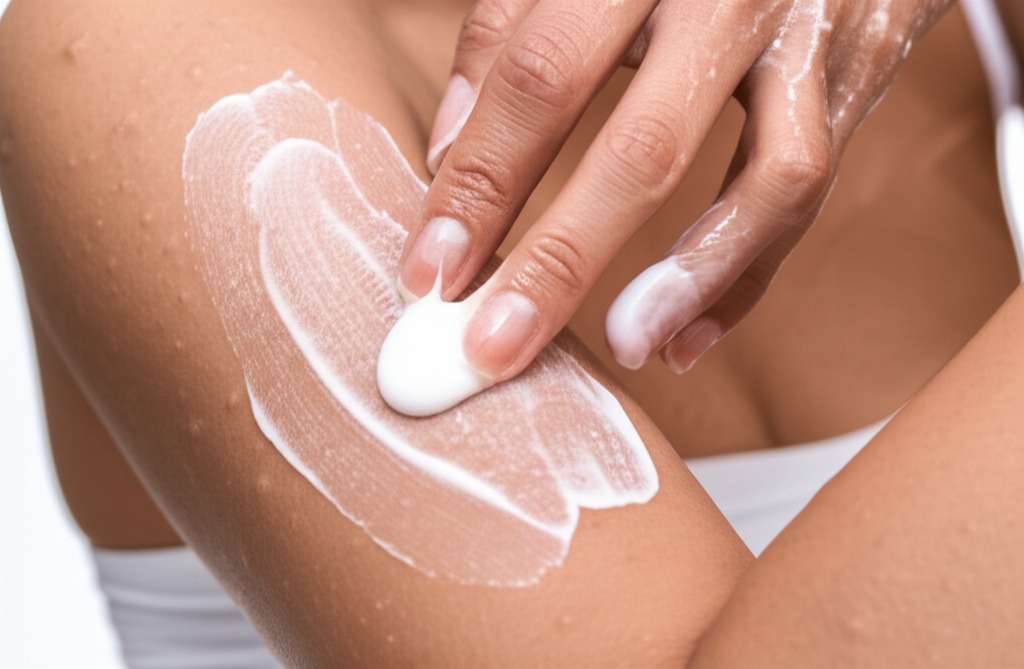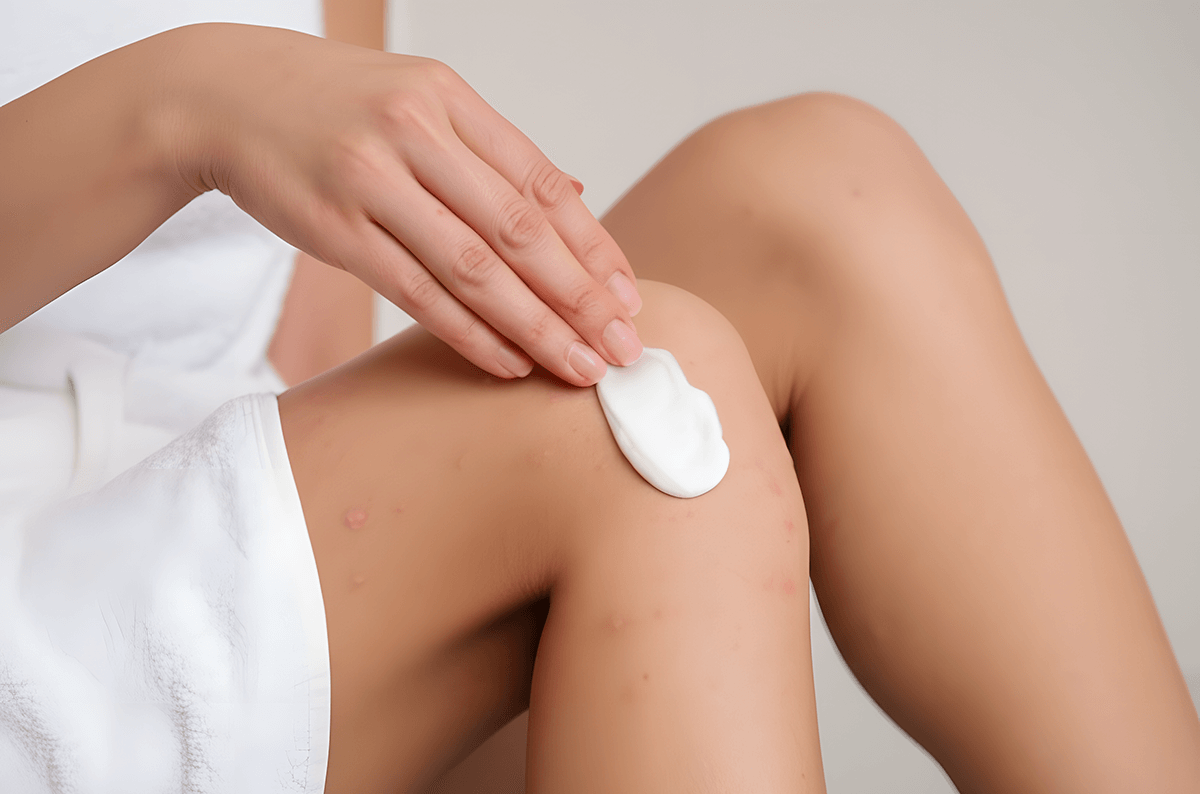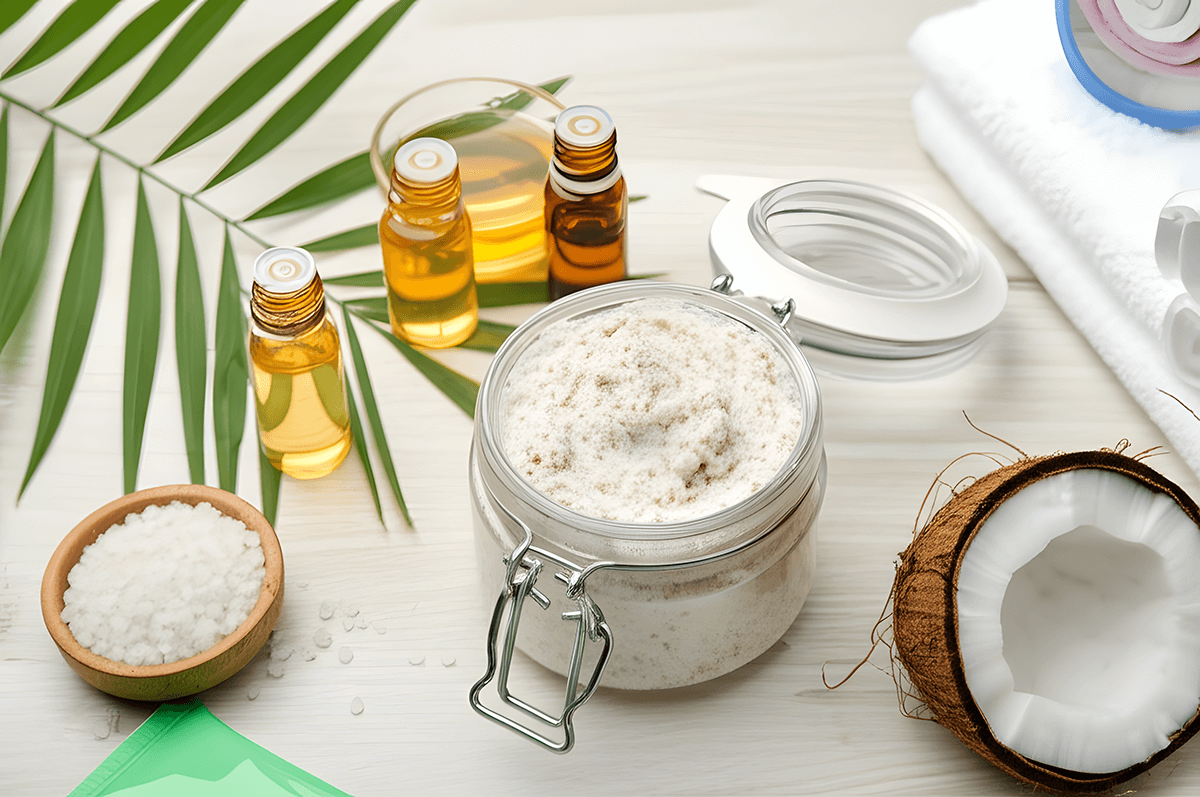Introduction
Many people experience dry, itchy skin after showering, even if they diligently apply moisturizer. If this sounds familiar, you may be making common mistakes in your body care routine that compromise your skin barrier. From harsh cleansers to improper application techniques, various factors can prevent your skin from retaining moisture.
This article will explore why moisturizer alone isn’t enough, how shower habits impact skin hydration, and what you can do to truly nourish your skin and prevent post-shower dryness.
Why Does Skin Feel Dry After a Shower?
If your skin feels tight, flaky, or itchy after bathing, several factors could be to blame:
1. Hot Water Strips Natural Oils
While a steaming hot shower may feel relaxing, high water temperatures strip away the skin’s natural oils (sebum), which are essential for maintaining hydration. This can weaken the skin barrier, leading to increased moisture loss and irritation.
Solution: Opt for lukewarm water instead of hot water to prevent excessive stripping of natural oils.
2. Harsh Soaps and Sulfates Disrupt pH Balance
Many body washes contain sulfates (such as SLS or SLES), which create a foamy lather but can be too harsh for the skin. These ingredients alter the skin’s pH balance, making it more prone to dryness and irritation.
Solution: Use sulfate-free, pH-balanced cleansers (ideal pH: 4.5-5.5) that cleanse the skin without compromising its protective barrier.
3. Over-Cleansing and Frequent Scrubbing
Excessive washing or exfoliation can damage the skin’s natural protective layer. Using loofahs, body scrubs, or exfoliating gloves too often can cause micro-tears in the skin and worsen dryness.
Solution: Limit exfoliation to 1-2 times per week, and choose gentle, non-abrasive exfoliants like lactic acid or oatmeal-based scrubs.
4. Hard Water and Chlorine Exposure
If you live in an area with hard water (high in minerals like calcium and magnesium), these minerals can deposit on your skin, making it feel dry and rough. Additionally, chlorine in tap water can strip moisture from the skin.
Solution: Install a water softener or a shower filter to reduce mineral buildup and chlorine exposure.
Why Moisturizer Alone Isn’t Enough

Even if you apply a thick layer of body lotion after showering, you may still experience dryness. Here’s why:
1. Applying Moisturizer on Dry Skin Doesn’t Lock in Hydration
Many people apply moisturizer when their skin is completely dry, but this doesn’t effectively trap moisture. Without water present on the skin, creams and lotions have nothing to seal in.
Solution: Use the wet application method: apply moisturizer on damp skin immediately after showering to lock in hydration.
2. The Wrong Ingredients Can Make Things Worse
Not all moisturizers are created equal. Some contain alcohols, artificial fragrances, and silicones that can further dry out or irritate sensitive skin.
Solution: Choose products with humectants, emollients, and occlusives, such as:
- Humectants (draw moisture into the skin): Hyaluronic acid, glycerin, aloe vera
- Emollients (soften and smooth the skin): Shea butter, ceramides, squalane
- Occlusives (seal in moisture): Petrolatum, beeswax, dimethicone
The Best Routine to Prevent Post-Shower Dryness
Follow these dermatologist-approved steps to keep your skin soft and hydrated:
Step 1: Adjust Your Shower Habits
✔ Use lukewarm water instead of hot water.
✔ Limit shower time to 5-10 minutes to reduce water loss.
✔ Switch to a sulfate-free, pH-balanced body wash to maintain skin health.
✔ Avoid over-exfoliating—stick to gentle methods like enzyme exfoliants or mild lactic acid cleansers.
Step 2: Master the Wet Application Technique
✔ After showering, pat (don’t rub) your skin dry with a soft towel.
✔ Leave skin slightly damp before applying moisturizer within 3 minutes.
✔ Use a body oil or hydrating serum first, then seal it with a thicker cream or butter.
Step 3: Choose the Right Moisturizers
✔ Look for fragrance-free, alcohol-free formulas.
✔ Use a thicker moisturizer in winter and a lighter one in summer.
✔ For extra hydration, apply occlusives like Vaseline or Aquaphor on extremely dry areas (elbows, knees, heels) before bed.
Step 4: Internal Hydration & Lifestyle Adjustments
✔ Drink plenty of water to support skin hydration from within.
✔ Include healthy fats in your diet (avocados, nuts, omega-3s) to strengthen your skin barrier.
✔ Use a humidifier in dry environments to prevent moisture loss.
Conclusion: A Holistic Approach to Hydrated Skin
If your skin still feels dry and irritated after moisturizing, the issue likely lies in your shower habits, cleansing routine, or application technique rather than the moisturizer itself. By adjusting your shower routine, using gentle cleansers, and following the wet application method, you can restore and maintain soft, hydrated skin without the frustration of post-shower dryness.
Would you try the wet application method? Let us know your thoughts below!



